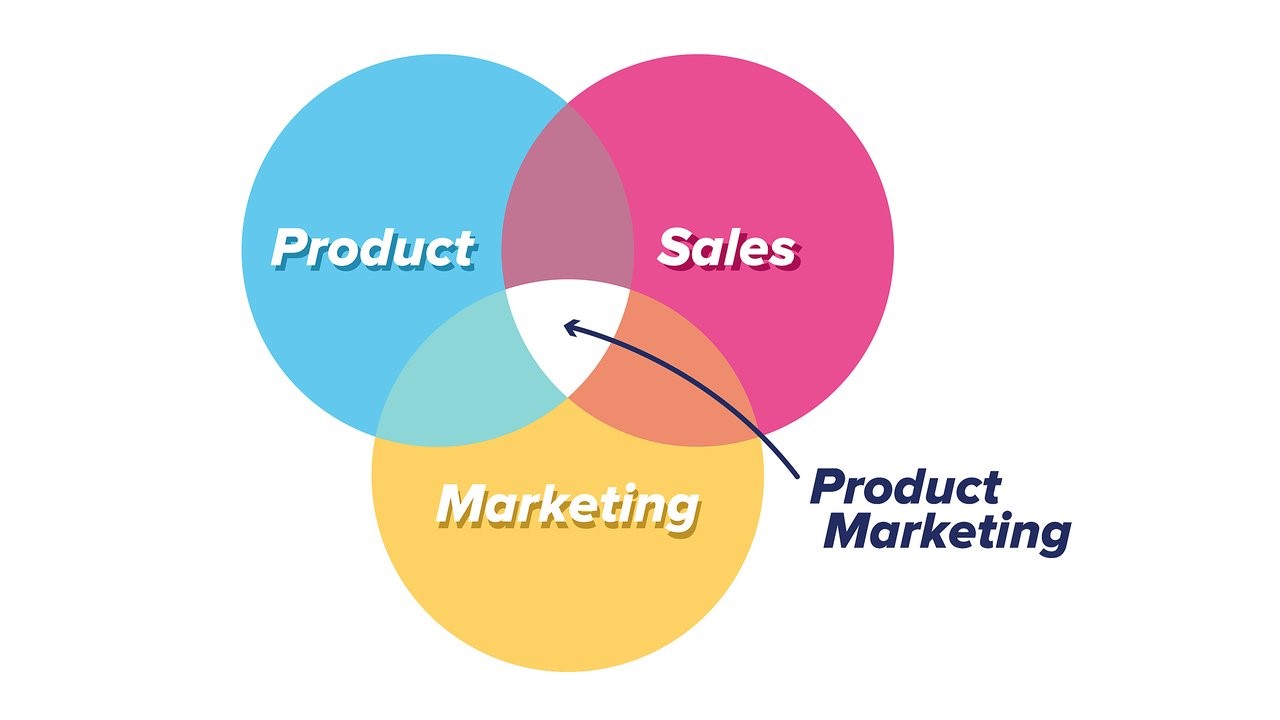The Black Box of Product Management: Why does it matter so much?

Product Management is the art of making sure a company’s product serves its customers effectively while accomplishing business objectives and stays relevant through constant iteration.

Each piece mentioned above is essential.
Table of Contents
Serving customers
Successful product management is data-informed, if not data-driven. This means listening to the customers, analyzing their requirements, both in the form of quantitative and qualitative data.
A thorough understanding of what the customers like and what they’d avoid helps a company understand a lot more about the market they’re targeting. Further, it helps companies achieve things like:
- They are growing the number of users who experience an “aha!” moment on using the product.
- Improving user retention and increasing user acquisition.
- They are figuring out a lot of marketing and sales initiatives.
- Engaging more users in revenue-generating activities.
- Increasing the likelihood of the company finding the product/market fit.
Accomplishing business objectives
While keeping the customer’s interest in mind is essential, it’s equally crucial for any business to know that customer feedback is not gospel. There can be very compelling reasons companies make certain product decisions that might not please customers (one example – monetizing through advertisements).
The key lies in balancing the business needs with the needs of the user. This is where intelligent Product Management comes into the picture – figuring out ways to do both in a manner that satisfies (if not delights) both sets of stakeholders.
As simple as this sounds, it gets a lot more complex in marketplace businesses with more than one set of users. It can become tempting to listen to the more easily monetized side since they’re practically the ones sustaining the business. Again, it all comes down to intelligent Product Management to figure out the best solutions in these situations.
Being iterative and self-evolving
To make the product competitive in the ever-evolving market, it’s important to track metrics and assess if they’re moving in the right direction. However, this doesn’t necessarily mean blindly adding new features or updating existing functionalities for solving edge case problems.
Being iterative is a lot more than providing new features all the time. The key lies in ensuring that the entire team understands the product’s core competence – the USP of the product the company is selling. In case that core competence is broken, customers will end up frustrated and dissatisfied.
Product Management is all about keeping these things in control, and it’s crucially important. The customers won’t do it, nor the senior stakeholders. Designers will often miss perspectives, and so too would developers. It all comes down to Product Management to make sure all the stakeholders are heard and understood.
Surprisingly, despite this, a Product Manager’s role can be a hard sell for some companies.
Some common objections to it include:
- “It easily slows down the process.”
- “As a unit, generate more revenue for the business?
- “It can split the work between the team and the project manager
While these, on the surface, appear to be valid concerns. The problem is that they stem out of a place of not understanding the job role correctly. All of this, in no way, undermines the importance of Product Management as a dynamic function of a successful business.
In reality, the role of a Product Manager need not be filled by multiple people. When it is said that the Product Manager needs to have an idea of all the organization’s components, it does not imply that they should be experts at everything. It just means that the Product Manager should be capable of seeing the bigger picture. The strategic vision, and the nuances of implementation to make decisions that benefit the product and the organization. Suppose different people fill up a Product Manager’s roles. No one has a complete view – adding limited value in terms of Product Management.
Product Managers focus on a market-driven approach.
If done correctly, a market-driven approach results in sustainable, long-term benefits to businesses by focusing on solving real business problems and serving their customers better instead of just looking to dabble with the latest technology. Market-driven focus is vital for companies – and, according to George S. Day and Prakash Nedungadi, companies with a market-driven focus have proven to be 31% more profitable than those driven by other factors.
Identifying market problems is a culmination of finding existing issues to fix and creating new products that satisfy unmet needs. Product Managers are experts at identifying such issues by keeping a market-driven approach to making crucial decisions. This doesn’t mean they eliminate other factors except “market” – it just means they weigh it to the degree it deserves and takes it very seriously. After all, a product’s success eventually often depends on the share of the market it’s able to capture.
Product Managers improve time-to-everything.
Product Managers, by looking at the holistic picture and taking decisions to keep different dynamic components in mind, help organizations reduce the time it takes to reach their goals. A well-structured, clearly-defined, and appropriate product development initiative helps reduce both the time-to-market and the time-to-revenue.
The simple reason for this quick turnaround time is that a good Product Manager is responsible for figuring out, and making the final call on, what’s worth building and what’s not.
The rewards and demands of being a Product Manager
Product Management plays a very crucial role in the success of a business. As a result, it’s a role that is high in demand these days and will continue to be for years to come. However, to be good at it requires honing multidisciplinary skills. You’ll need to know a bit of development, a bit of management, a bit of testing, a bit of marketing, and a whole lot of thinking of your feet.
That said, the role is gratifying as well – simply because of the sheer happiness. It gives on seeing a product succeed and be loved by audiences built on your creativity and planning. After all, as a Product Manager, you’ll be primarily responsible for deciding the product’s direction. And so, you’ll be able to experience firsthand how it affects your customers.
As this role has become more complex and demanding with time. New practices and techniques have emerged to make things simpler and more streamlined. Agile development practice is one such example, and it requires Product Managers to excel at strategic thinking and be capable of translating strategies into actionable plans. To be successful as a product manager at this, there’s a need to maintain continuous communication with diverse stakeholders, relate to their needs, and suggest additions – all of that requires knowledge of both technical and business aspects.
When combined, all of these diverse skills enable Product Managers to take leadership roles. It will be completely in charge of their products and the company’s success!
Also Read: Requirement to receive the Certified Scrum Master (CSM) designation.





